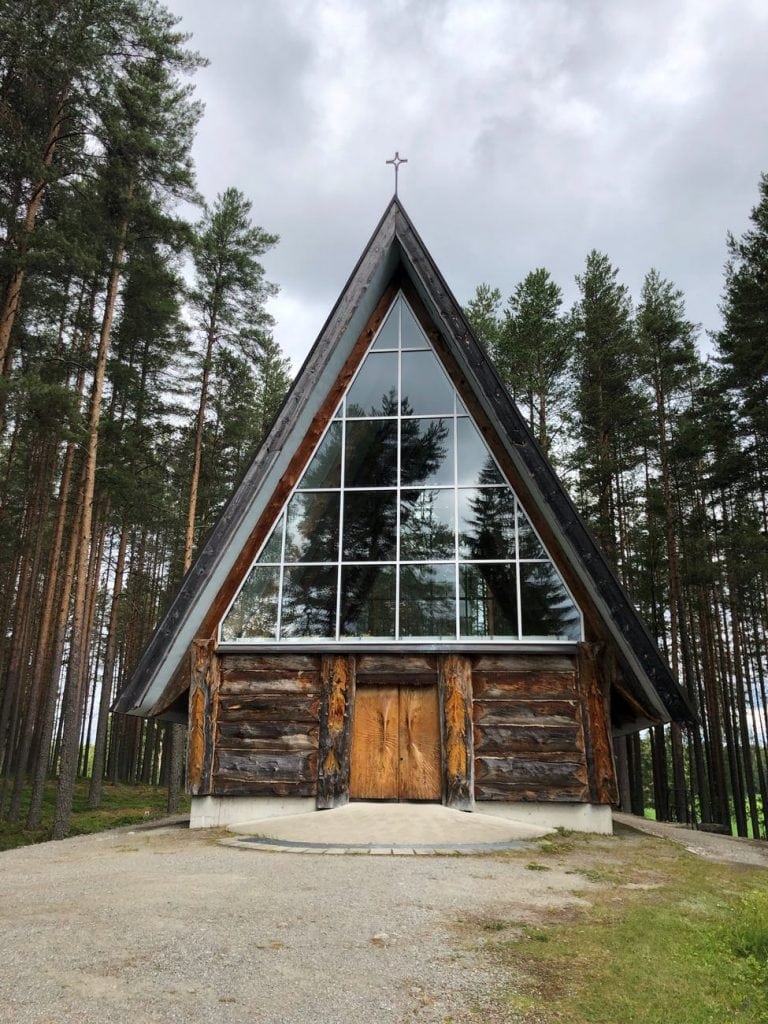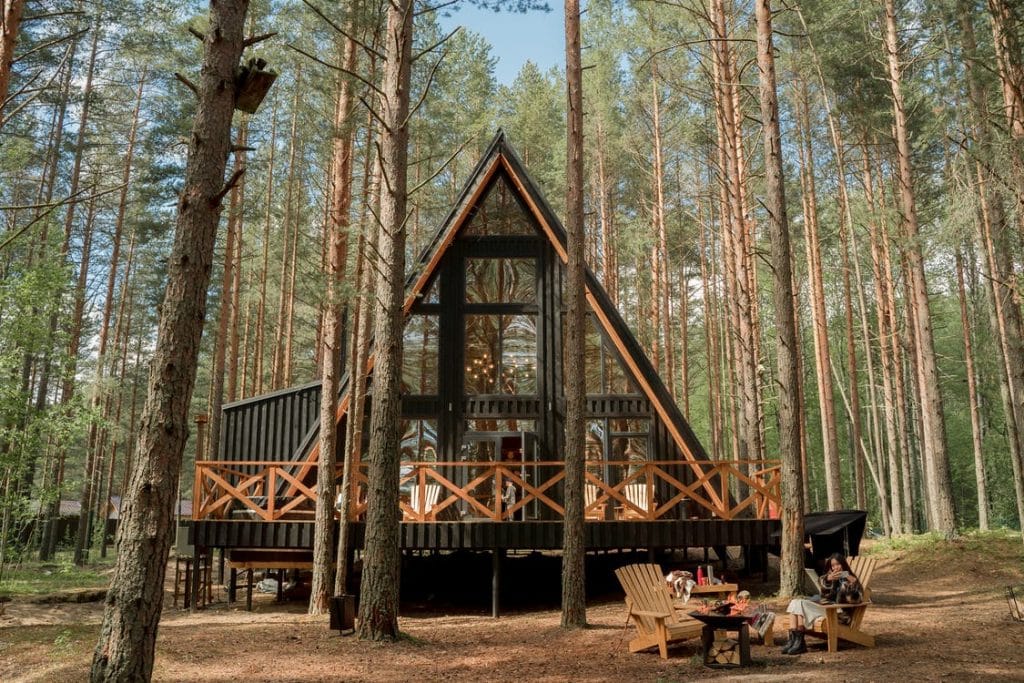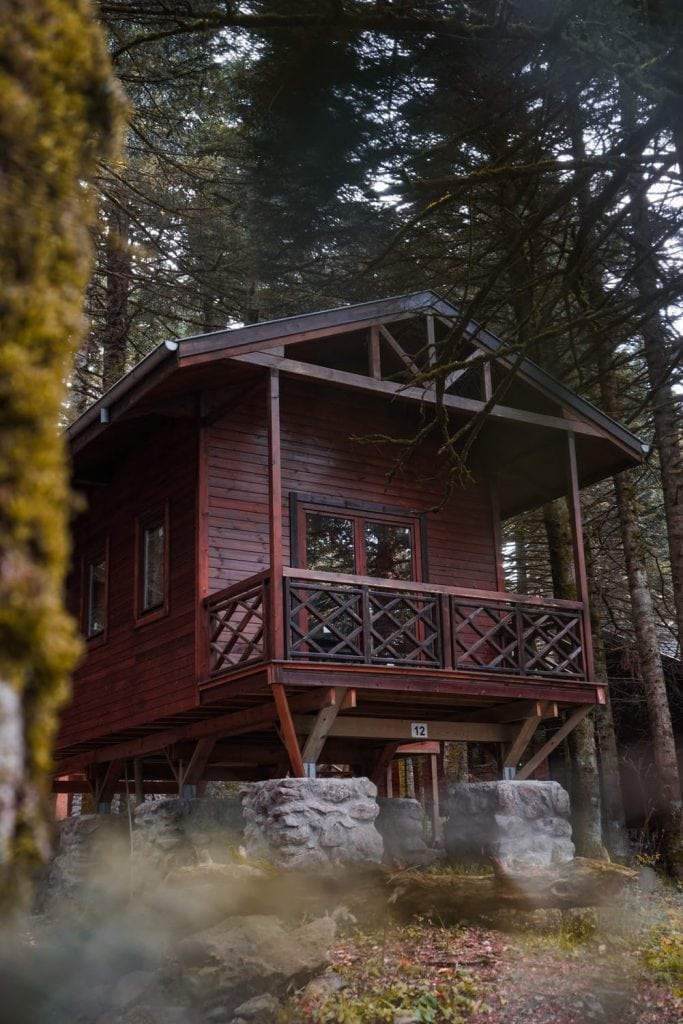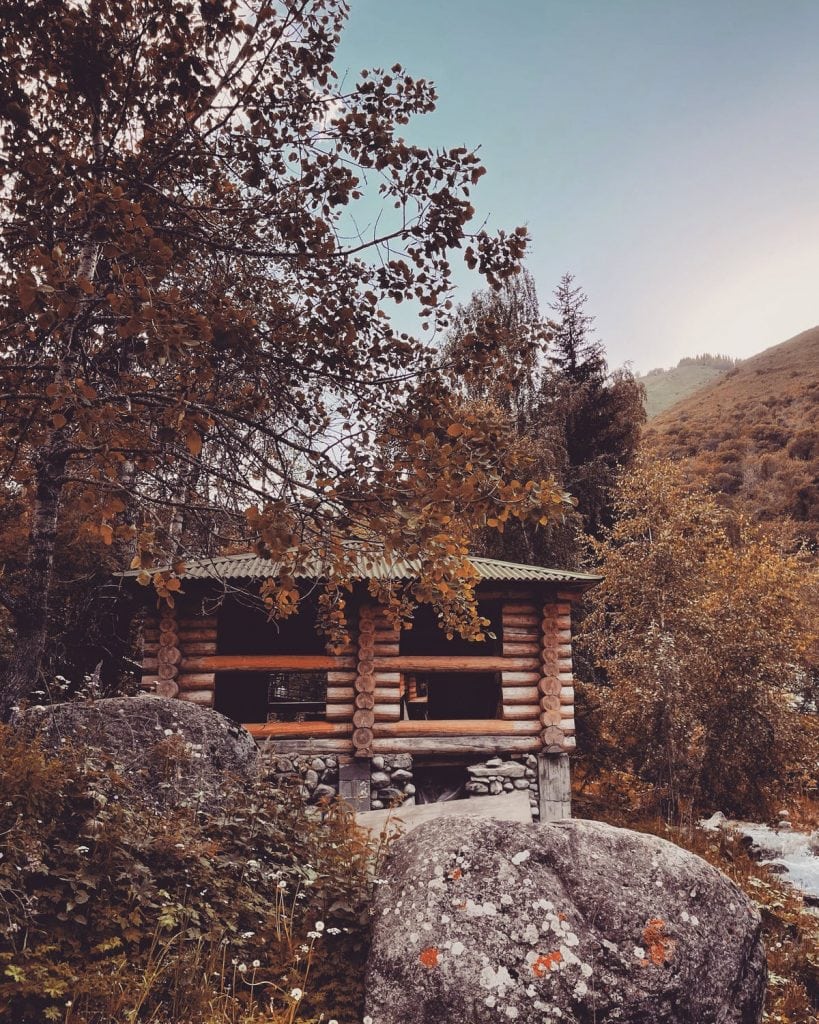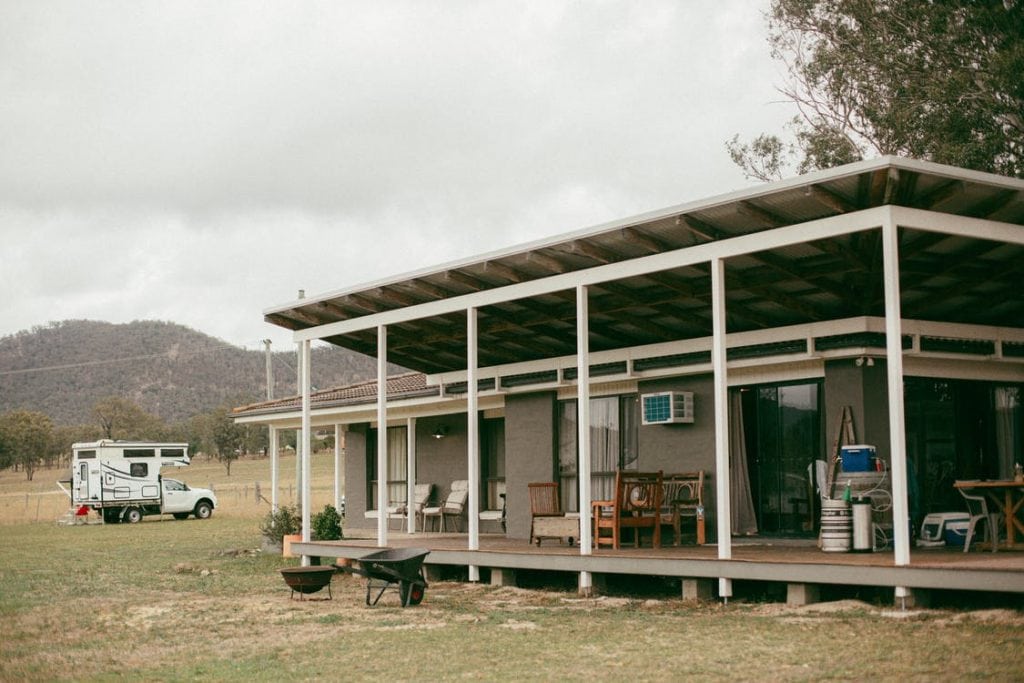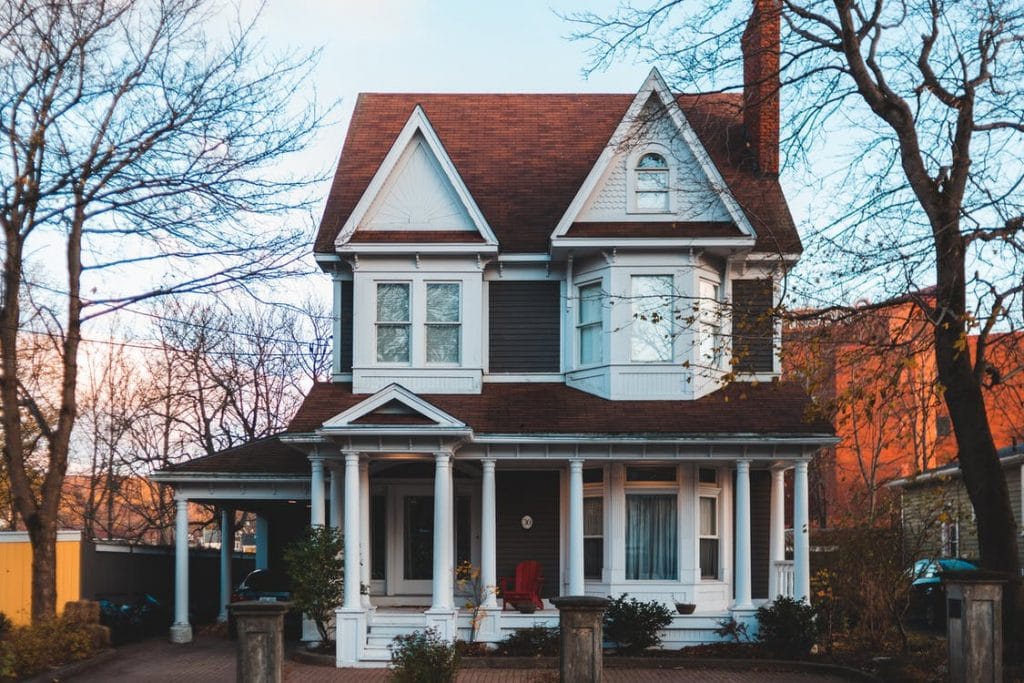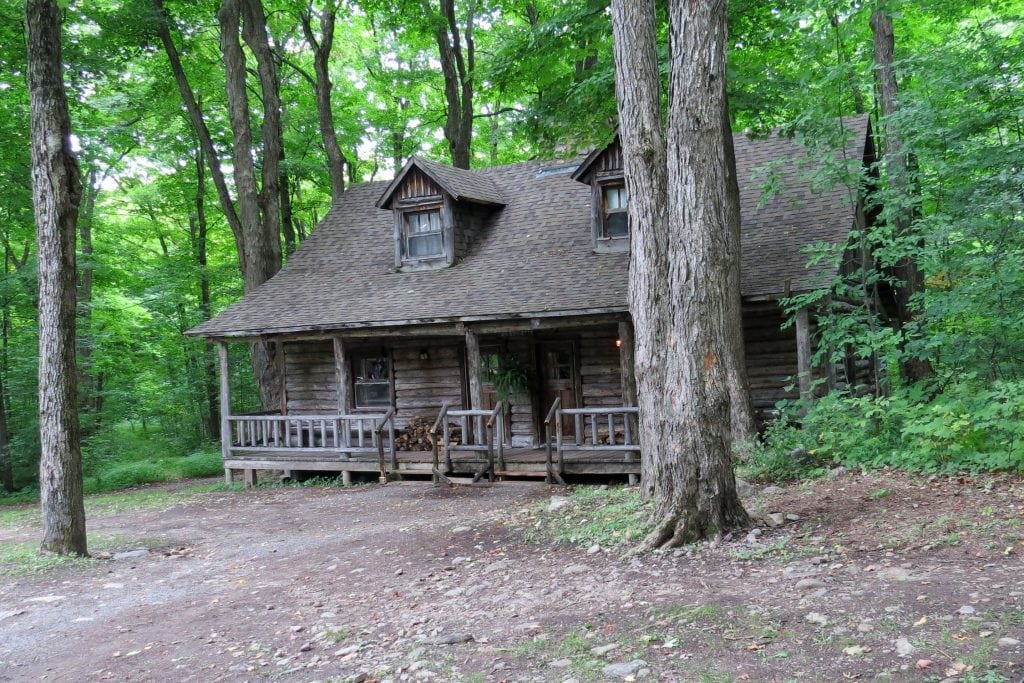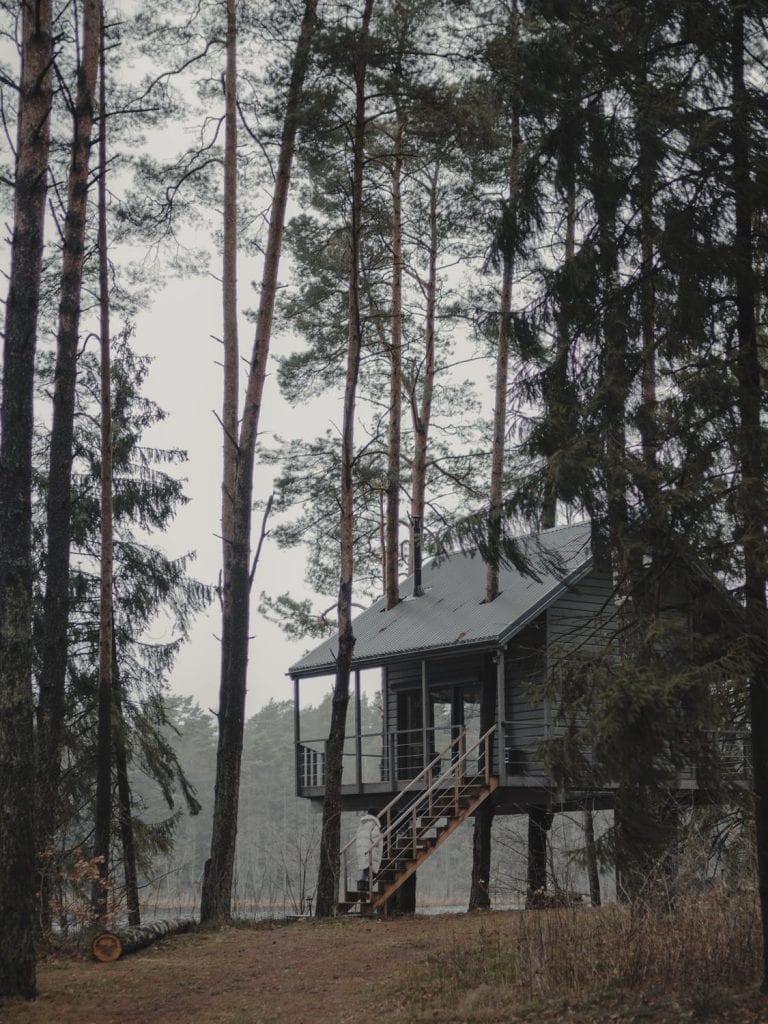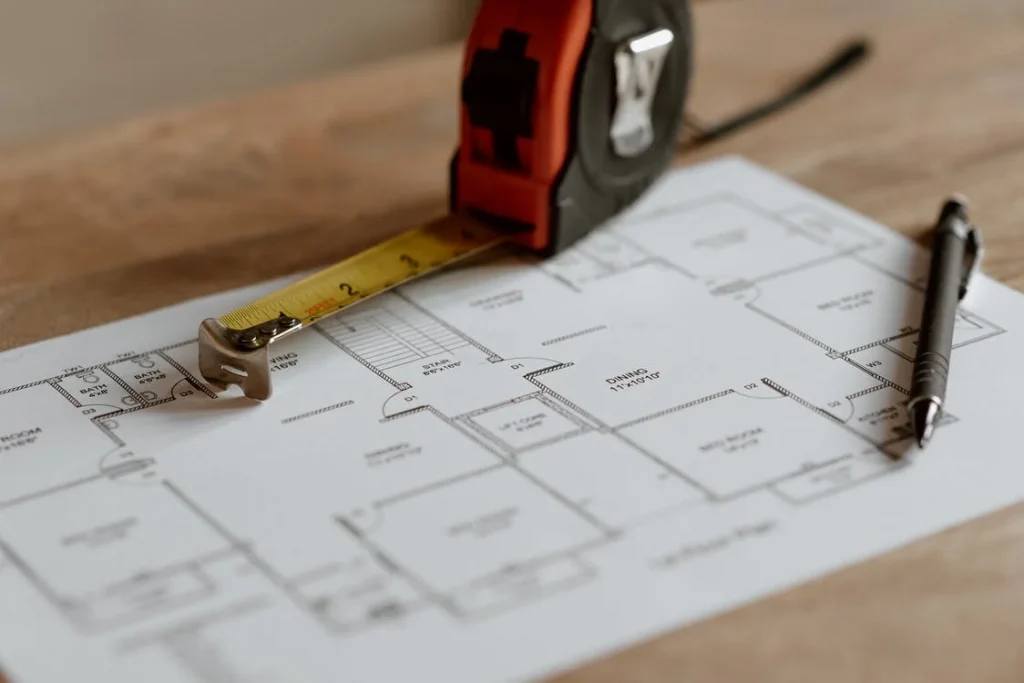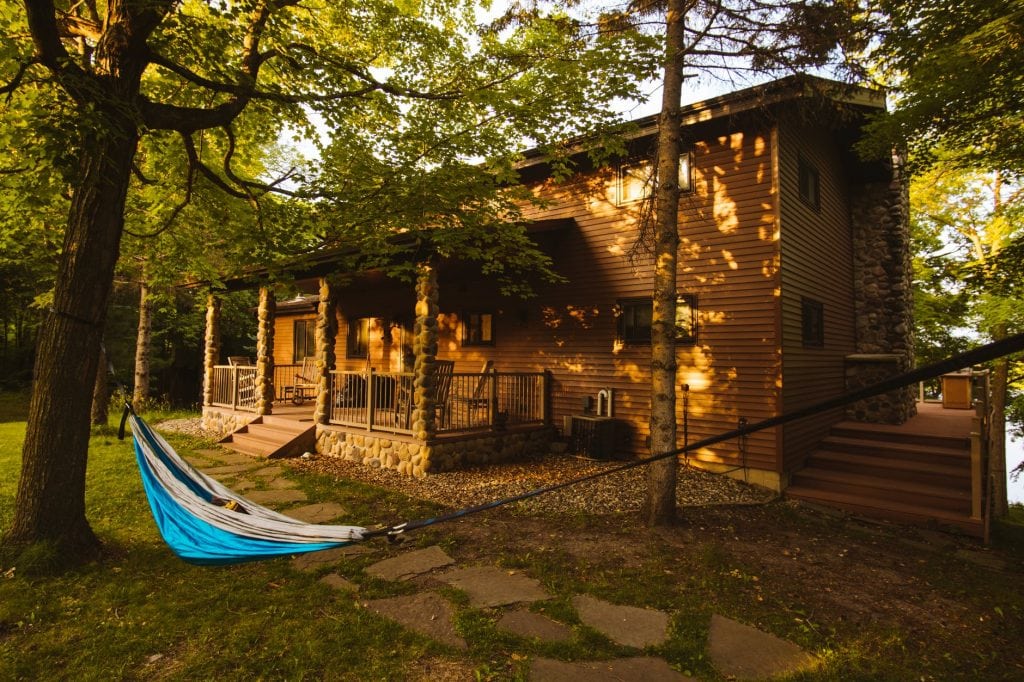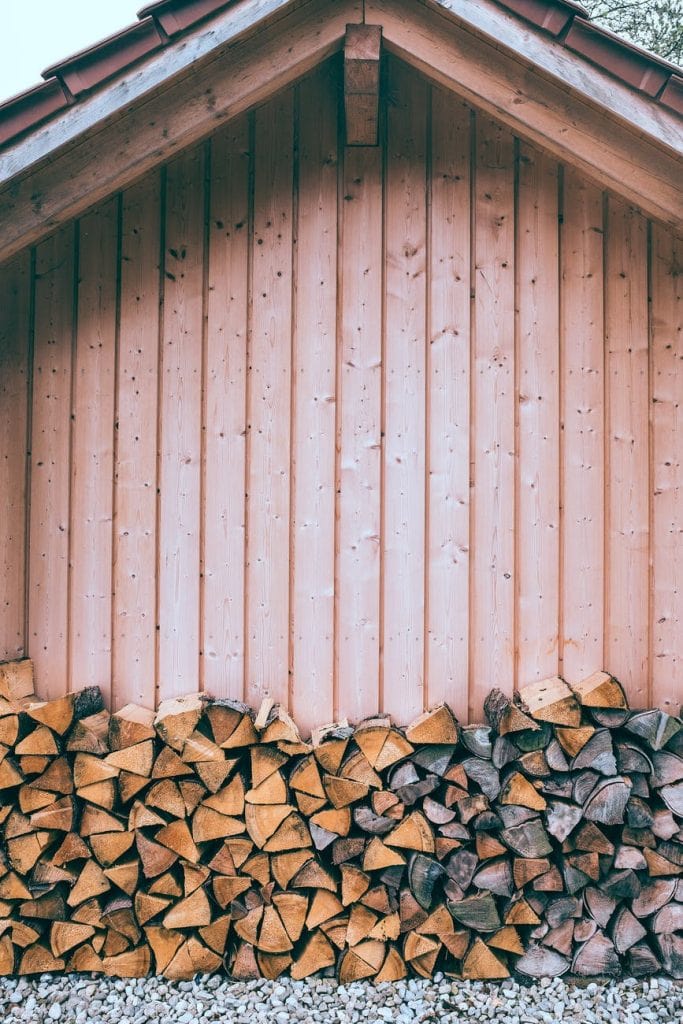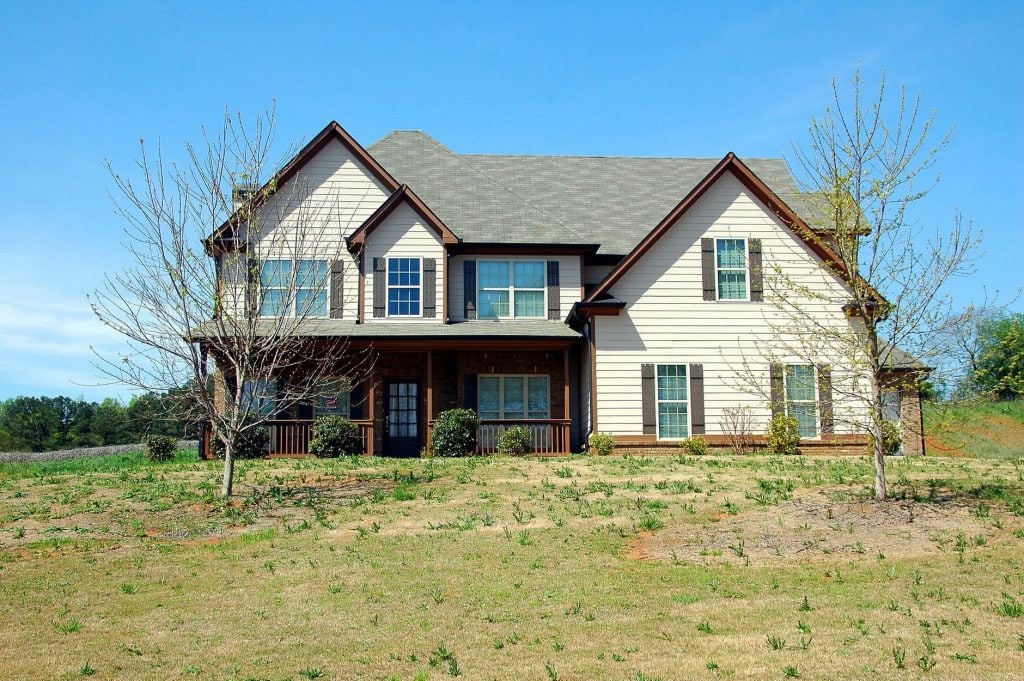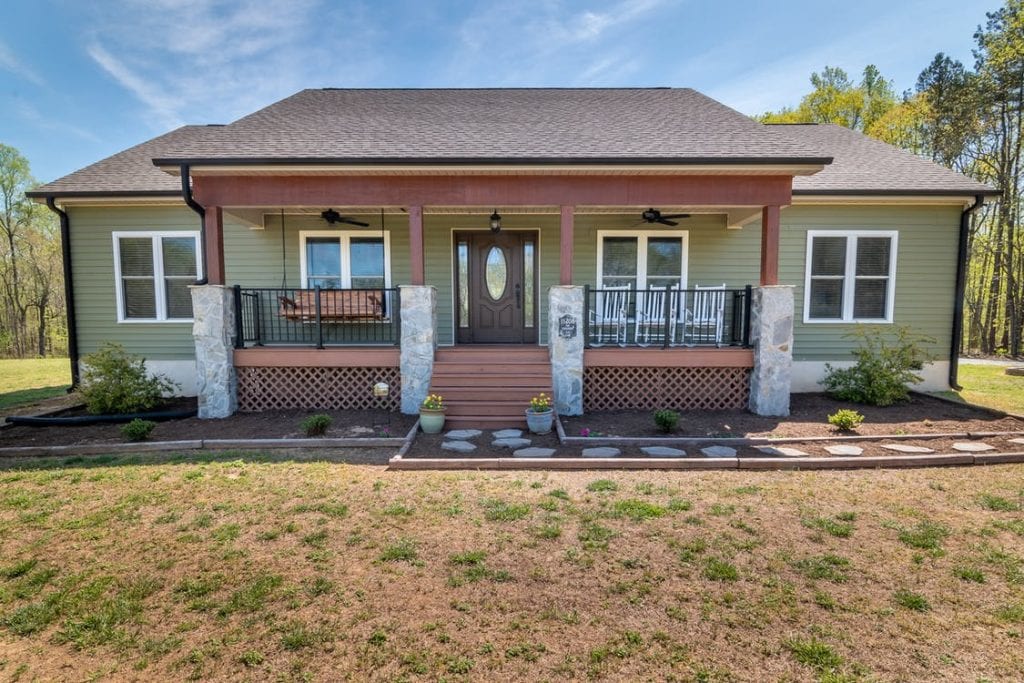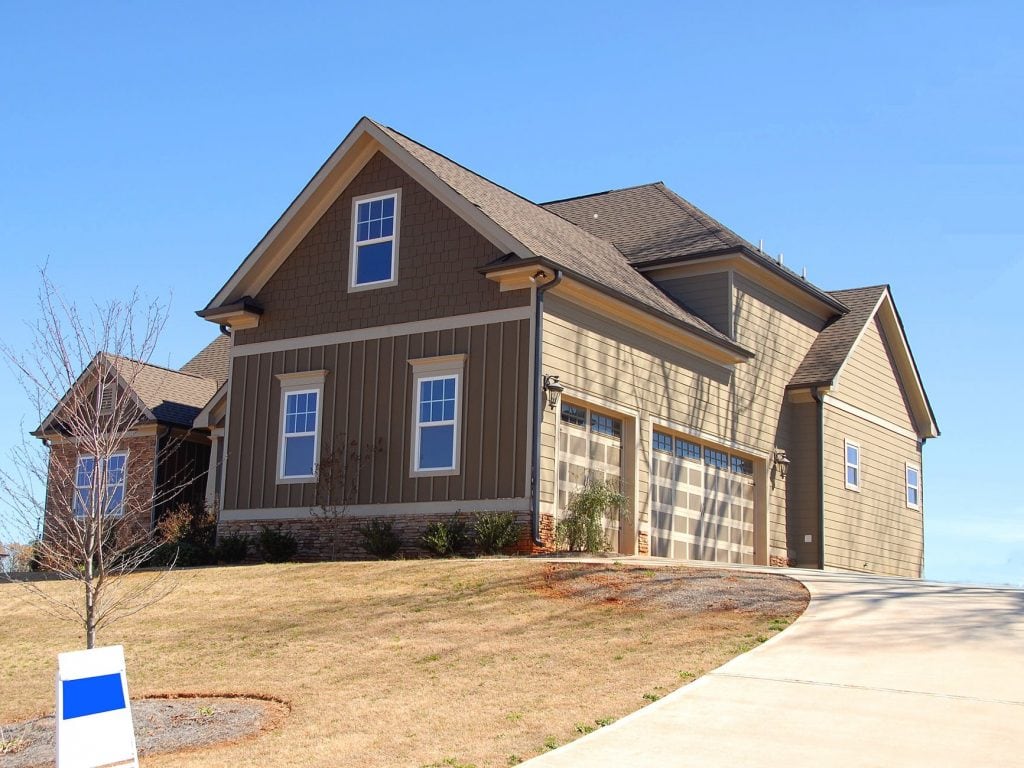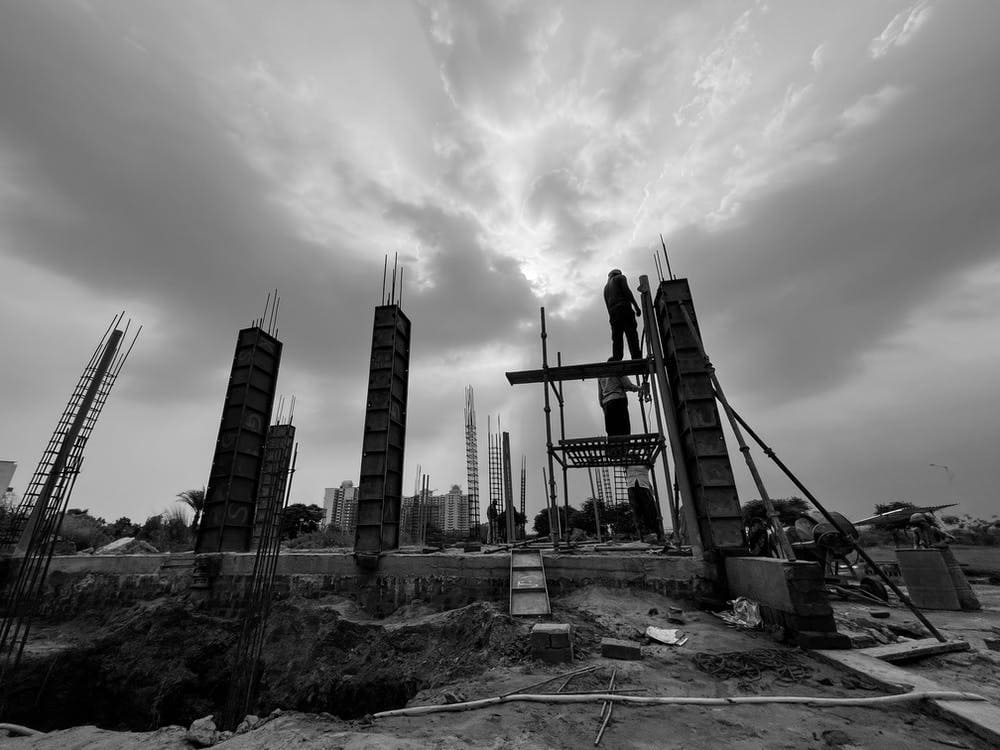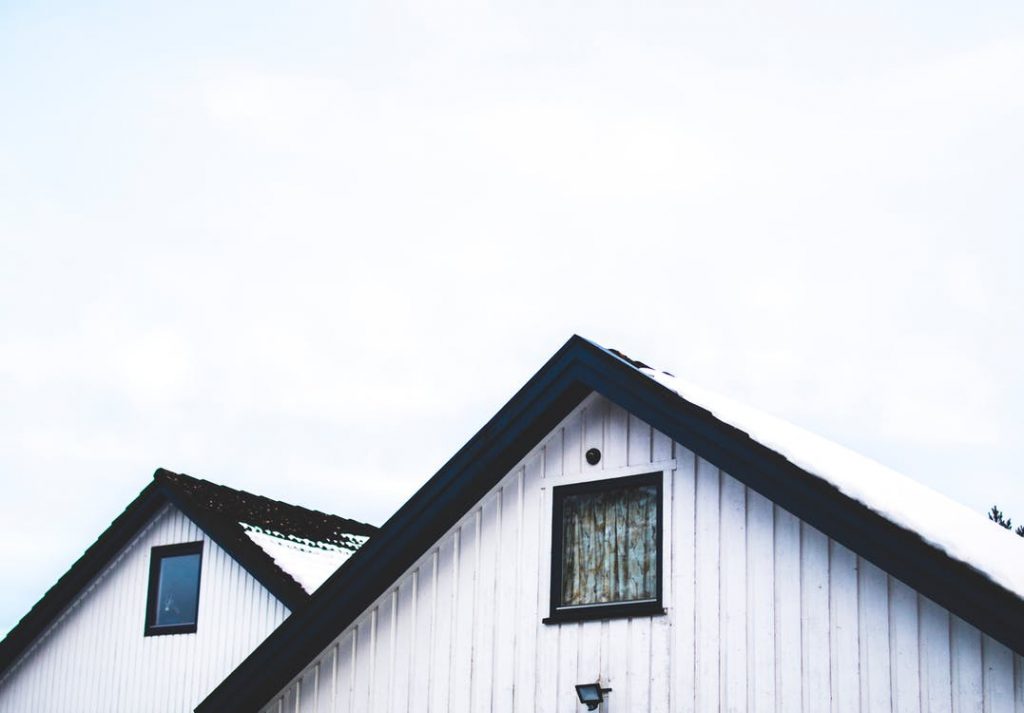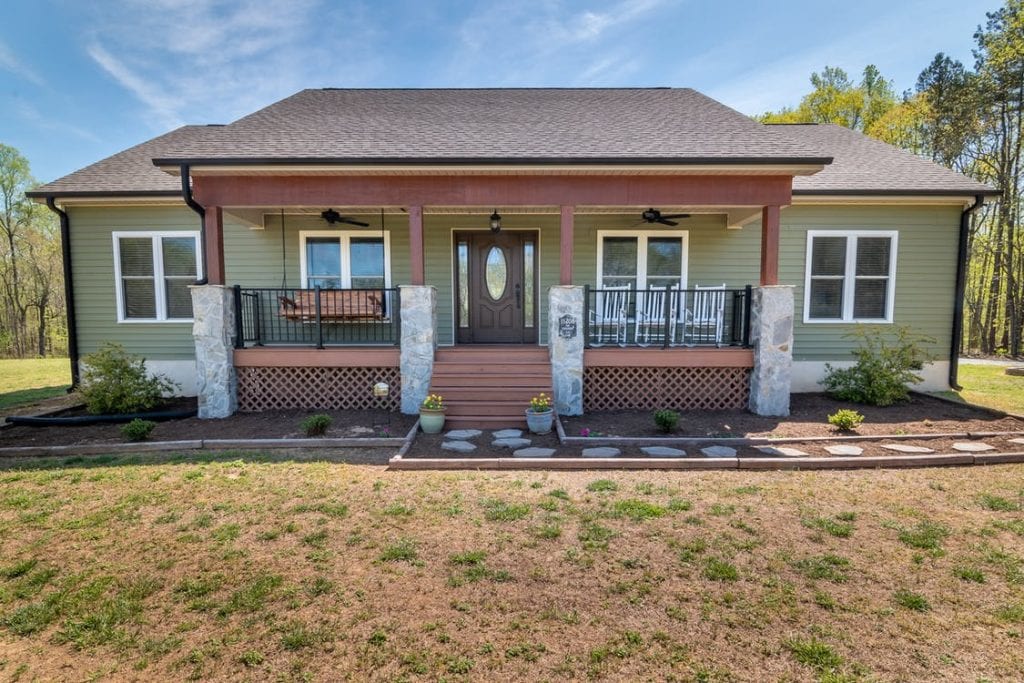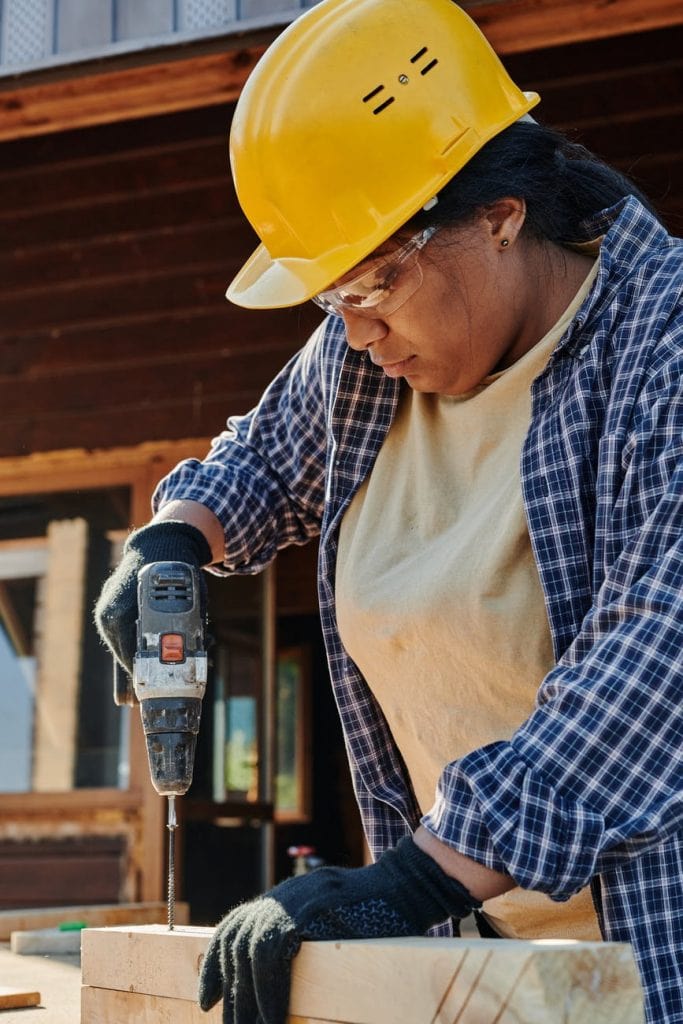It is very difficult to tell if a house you are thinking of buying has a subsidence problem or how serious it might be – especially if you have no previous knowledge of the problem.
Often neither the house seller (or vendor) nor the estate agent will know that a house has subsidence. So it is sensible to make your own checks.
Common tell-tale signs of possible subsidence include interior and exterior cracks, doors and windows that do not fit properly and sloping or sagging floors. (These may be caused by other structural problems, too, however.)
A crack over 3mm in width could be a sign of subsidence.
If you have a home survey or building survey carried out on a property you wish to buy, the surveyor will normally check for signs of subsidence. If they find any signs of subsidence, they will note this down on the survey report.
A home survey will most likely not reveal the full extent of the problem. The surveyor may recommend that you have a more extensive subsidence investigation survey carried out by a structural engineer or similar. A subsidence survey will determine the nature and extent of the subsidence, make recommendations for fixing it and repairing any damage that has been caused, and give an indication of the likely costs.
A structural engineer or surveyor may need to monitor the situation over a period of time before diagnosing subsidence.
What Is Subsidence?
When we think of issues in and around the home, the first few examples that may come to mind might be roof damage, a leaky pipe, damp and mildew, or even the out-of-date décor. Subsidence, however, is not necessarily an issue that instantly springs to mind. For property owners or potential buyers, subsidence is a very real and serious concern that can cause major problems if not prevented or managed.
Subsidence is caused when the ground underneath a building begins to collapse or sinks lower, affecting or taking with it the foundations of the building. Clay soil is very susceptible to subsidence, especially during the warmer months when the earth shrinks due to extreme dryness. Trees can also contribute to subsidence, with species such as Populus, Oak and Conifers having a higher water intake than other trees, therefore absorbing large amounts of moisture from the soil.
Noticeable signs of subsidence can include large, thick cracks that often appear next to a door or window and can often spread internally and externally. Other signs may include shrinkage in wallpaper, jarring of windows and doors, and cracks running along with the masonry. Fixing subsidence can be extremely costly and invasive so if you feel that your home is showing signs of subsidence, contact your insurance provider right away to see what exactly you will be covered for.
While cracked brickwork, and doors or windows jamming, are common signs of subsidence, it could also mean that your property is suffering from ground heave. Ground heave has the opposite effect of subsidence, as the ground will tend to heave upwards when soils (particularly clay soils) expand due to excess moisture.
The damage caused by ground heave can be just as detrimental to your property as subsidence but will require a different approach to managing it.
What Are The Signs Of Subsidence?
To recognise subsidence in your home, you need to know what you're looking for. Some of the tell-tale signs are:
- Cracks – Cracks are the most notorious symptom of subsidence. They will likely appear either internally in plasterwork or externally in brickwork.
- Sticking doors or windows – If features of your home begin sticking for no apparent reason, subsidence may be the cause.
- Rippling or peeling wallpaper – The damage caused by subsidence will often manifest in imperfections in your wallpaper. Peer underneath, and you'll likely find cracks.
Step 1: Spotting Subsidence
The cracks caused by subsidence will often appear around windows or doorframes, so be extra vigilant about any unexplained damage you see in these areas. These cracks will often expand over time, tapering diagonally across the walls, so if you do spot a fracture that appears to be growing, it's worthwhile getting it checked out.
Step 2: Taking Action
Firstly you should contact a surveyor who can review the property and make an assessment as to whether the issues are being caused by subsidence. If the surveyor confirms subsidence, you should contact your home insurance provider immediately. The quicker subsidence is diagnosed, the more likely that it can be rectified.
Most insurance companies will send a loss adjuster to your house to assess the potential cost. Your insurer will then be able to recommend the best course of action once subsidence has been confirmed and will be able to direct you towards any specialist contractors that you might require. Depending on your cover and the magnitude of any damage, you may be required to source your own subsidence repair professionals.
Step 3: What You Need To Know About Diagnosing Subsidence
Determining whether your problem is actually subsidence can take some time. Monitoring may be required over a period of several months to ensure that cracks are indications of anything more than superficial. If the movement of the house is ongoing and damage continues to worsen, then your insurer may decide to monitor your property over several months before agreeing repairs. However, if the issues are not caused by subsidence, it can be the case that an expert can rule it out immediately.
Step 4: Fixing A Problem
Underpinning might be required for more severe cases of subsidence. Carrying out this type of repair work will usually prevent further movement of the foundations. The process can be lengthy and expensive, costing anywhere between £5,000 and £50,000 depending on the size of the property and the extent of the damage. Though figures differ, it is estimated that as few as only 10% of properties suffering from subsidence will require underpinning. The Institute of Structural Engineers advises that you should attempt every other possible solution before resorting to underpinning.
Tree root damage is estimated to be the cause of 70% of all subsidence cases (according to Which? consumer magazine), as tree roots draw moisture from the soil beneath your home. This problem can become more pronounced during extended dry periods, particularly in regions where the soil base is comprised mainly of clay.
Sometimes trees may be removed to solve the problem. Once the tree has been removed, there will be a period of monitoring to ensure that removing the tree has stabilised the ground. It's important to note that in rare cases removing a tree can lead to the opposite of subsidence, known as 'heave'. A heave is where the ground beneath a property swells up with excessive moisture caused by the absence of a tree that used to keep the moisture levels low. An arboriculturist (tree specialist) will be able to provide advice on matters involving tree and root control.
Pipework beneath or within your foundations can sometimes cause subsidence if they leak or burst and cause the earth to be washed away. A CCTV drain survey can determine if this might be the problem and if it is, then remedial work to the drainage system can be carried out. This might eliminate the need for costly and intrusive underpinning procedures.
Step 5: After Subsidence
If you have had subsidence problems in the past, it is probable that you will have difficulty finding an insurer to provide you with the home insurance you need to fix if it happens again.
Though reoccurrence after underpinning might be rare so far, the statistical evidence to demonstrate whether or not a property is more or less likely to begin subsiding again is insufficient, and most insurance companies are reluctant to take a chance.
Frequently Asked Questions
As a starting point, most insurance policies do not cover mould. That is, most insurance policies expressly state that they do not cover damage if the primary cause of it is mould; eg rising damp. However, most policies will pay if the mould damage is secondary to an insured event.
Buildings insurance covers the cost of repairing damage to the structure of your property. Garages, sheds and fences are also covered, as well as the cost of replacing items such as pipes, cables and drains. Your insurance should cover the full cost of rebuilding your house.
Restumping can be an important home improvement, because stumps support the structure of the house they sit under. According to building inspection company Housepect, if left untreated, defective stumps can lead to structural damage and potentially result in the house totally or partially collapsing.
A jack & pack involves setting up a series of bottle jacks adjacent to stumps and lifting the bearer off the stump and once the desired level is achieved with the floor above, then insert a high density plastic packers in the gap created.
This involves a sub-floor of horizontal bearers (beams) that support joists (a smaller, closer spaced beam on which the flooring material rests). The bearers sit on stumps which are adjusted in length to all be level with each other.
How To Prevent And Manage Subsidence
If you feel as though your property could be prone to subsidence, there are measures that you can take to help prevent long term damage.
- If you are thinking of planting trees on your property, make sure to check what type of root system the trees have. If you are planting trees with a deep root system, plant them at least 40 metres away from your property to help prevent the roots from invading your foundations and sucking out the moisture from the soil. Trees may include Maples, Oaks and Populus.
- If you have well-established shrubs planted close to the foundations of your property, do not be tempted to dig them out right away. By disrupting the established root systems of the shrubs, it could cause the soil to become unstable or for water to build up. Either regularly prune the shrubs to help reduce their water intake or speak to a specialist tree surgeon/gardener who can advise on the safest way to remove the shrubs.
- If you are planning on adding an extension to your property, be sure that all work is carried out by reputable professionals, as poor foundations could cause the extension to sink lower than the original structure.
- Make sure all external drainage is well maintained by regularly cleaning the gutters and making sure nothing can potentially block the downpipes and drains. If water is unable to freely drain away, the backlog of water could cause the soil to soften and move.
- Other factors can determine if your property is prone to developing subsidence, such as location and soil type. Properties located near an active or old and disused mine could experience weakened or unsettled soil. Clay soil will absorb moister and therefore expand but then contract when dry. Such movement of the soil can leave voids where the expanded soil once was. Soils with a high sand or gravel content are prone to be washed away by excess water, which can therefore weaken foundations.
Unfortunately, there is no easy fix for a property that is experiencing subsidence. If you suspect that you have subsidence, you should seek advice from a professional who can give you a more accurate diagnosis. Once it has been confirmed by a professional that you do have subsidence, your foundations may need strengthening. A common method to help strengthen foundations is known as underpinning. Underpinning will need to be undertaken by professionals, and not surprisingly, the process can be costly and time-consuming and could affect your insurance premiums moving forward.
Buying A Property With Subsidence
When going through the process of buying a property, it is important to ask your solicitor, and the surveyor questions such as "Has the property ever experienced subsidence" or "Is the property prone to developing subsidence?". Your solicitor should be able to provide you with a detailed history of the property, which should highlight if the property has experienced subsidence in the past. A detailed inspection by a reputable surveyor should also highlight if the property is currently experiencing problems directly related to subsidence. In most cases, solicitors and surveyors are legally obliged to inform you if the property has experienced subsidence, however, it is always a good idea to request this information and check the details thoroughly.
By obtaining this crucial information upfront before purchasing a property, buyers are in a much better position if they wish to proceed with the sale. If a property has experienced subsidence in the past or currently has subsidence, it does not mean the property is unfit for purchase. It does, however, mean that additional precautions need to be undertaken.
Causes Of Subsidence
Subsidence can occur for a number of reasons:
Tree Roots
The most common cause of subsidence is tree roots, most commonly those of willow, elm, ash, and oak. Tree roots planted close to your home extract and absorb water and moisture from the soil beneath your home, drying out the soil and causing it to shrink and destabilise the ground.
Soil Type
Homes built on clay ground are more likely to suffer from subsidence. Clay is a porous soil that shrinks when dry and pulls away from the foundations, weakening support. Likewise, soils with a high sand or gravel content are vulnerable to being washed away from the foundations if there is any water leaking under the property.
Climate/Weather
Subsidence can occur when the weather alters the ground below your property. Soils expand in wet weather and contract in dry weather, so long periods of wet winter weather and long periods of dry summer weather cause constant fluctuations in groundwater and make the soil beneath your home unstable.
Properties built in drought-prone areas are vulnerable to subsidence as the soil can shrink, crack, dry out and shift in hot, dry weather, causing unstable ground. Likewise, properties built on floodplains or areas prone to flooding are susceptible as the soil can become saturated and wash away from the foundations by excessive water.
Leaking Drains
Subsidence is also caused by leaking drains and gutters. Water leaking into the soil under your property washes away the soil foundations from underneath your home, particularly sandy and gravelly soil. Leaking drains also cause water to saturate the ground, causing foundations to give way and subside.
Mining
Properties built in areas previously used as mines or quarries are also susceptible to subsidence. Building a property on top of an area that has been previously mined has weaker and more unstable foundations as the gap below ground level can cause sinking.

